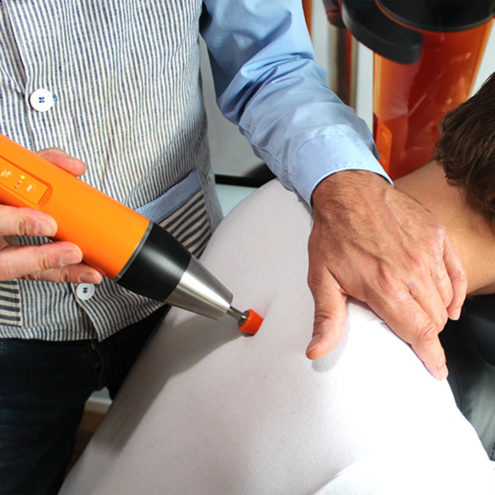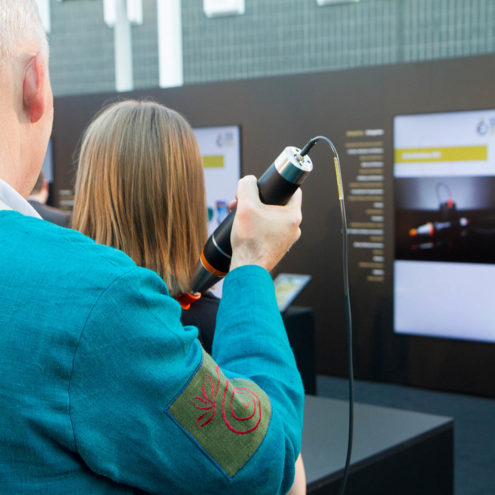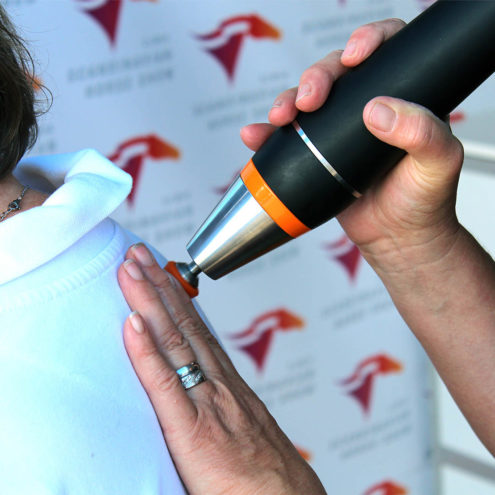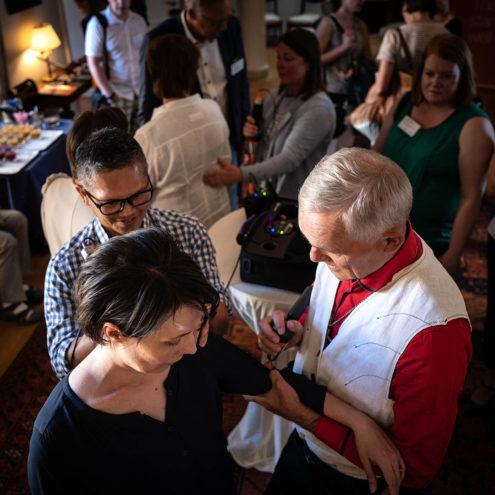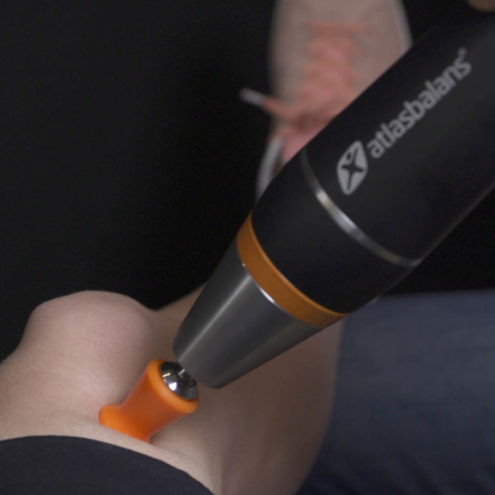What are crepitations? – Advice and Treatment

Crepitations are a phenomenon that can raise concerns and questions about lung function. Crepitations also describe the scraping sound or sensation that occurs when there is friction between two rough structures in the body, for example between a bone and cartilage. Here we explore what crepitations are, why they occur, symptoms they may indicate, and treatment options.
What do crepitations mean?
Crepitations are small, rapid, dry, crackling or rattling sounds that occur during breathing. They are usually associated with respiratory conditions and occur when small airways or alveoli in the lungs open and close unevenly. This phenomenon can be an indicator of several different lung diseases, such as pulmonary fibrosis and pneumonia.
Causes of pulmonary crepitations
Lung crepitations can be symptoms of a range of underlying medical conditions, including:
Fibrotizing interstitial lung diseases (ILD): These diseases cause inflammation and fibrosis of the lung tissue, leading to airflow disturbances.
Asbestosis: Exposure to asbestos fibers can lead to a specific form of lung fibrosis, known as asbestosis.
Sarcoidosis: an inflammatory disease that can affect several organs, including the lungs.
Silicosis: A lung disease caused by inhalation of silica particles.
Pleural fluid: The accumulation of fluid between the two layers of the pleura (the outer lining of the lungs) can cause crepitations.
Symptoms that crepitations in the lungs can cause
When crepitations in the lungs are present, they may indicate respiratory-related conditions such as:
Asthma: A condition where your airways become inflamed and narrow.
Chronic obstructive pulmonary disease (COPD ): a group of lung diseases that block airflow and make it difficult to breathe.
Anxiety due to choking: Crepitations can lead to a feeling of choking or shortness of breath, which can cause anxiety.
Crepitations in muscles and joints
Why do crepitations occur in muscles and joints?
Crepitations heard from knees, hips and other joints can be due to several factors:
Overloading: Repetitive use or high stress on joints can lead to crepitations.
Meniscus injuries: Damage to the shock-absorbing cartilage of the kneecap can cause cracking or creaking sounds.
Osteoarthritis: wear and tear of articular cartilage often leads to crepitations.
Arthritis: Various forms of arthritis can cause inflammation and changes in the joint resulting in crepitant sounds.
Acute injuries: Acute injuries can cause, among other things, bone fractures and cartilage damage, which can cause crepitations.
Diagnosis of crepitations related to muscles and joints
Diagnosis of crepitations in muscles and joints usually involves:
Patient history: The doctor will ask about your medical history and symptoms.
Physical examination: the doctor performs various tests to assess the function of the joints and locate the source of the crepitations.
Imaging techniques: X-ray, MRI or ultrasound can be used to get a detailed picture of the joint and surrounding tissue.
Treatment methods for crepitations in muscles and joints
Treatment for crepitations in muscles and joints can vary depending on the cause and may include:
Physiotherapy: to improve mobility, strength and function. Specific exercises can help strengthen the surrounding muscles and reduce stress on the joint.
Cortisone injections: Can be used to reduce inflammation in a joint.
Surgery: In some cases, such as severe osteoarthritis, surgical intervention may be necessary to restore joint function or replace the damaged joint.
How the FasciaClinics can help with crepitations
At FasciaClinics, we specialize in seeing and treating the body from a holistic perspective. We perform fascia treatments, a highly effective wellness treatment that focuses on treating and maintaining the fascia in our body.
Fascia is the network of soft connective tissue that binds and permeates everything in our body. All cells, tissues (even bone), nerves, organs, muscles and joints contain fascia. This means that all the cells and tissues of the body are connected and can communicate with each other. Treating the fascia and releasing tension and adhesions can therefore play a crucial role in the body’s recovery. Removing pressure in the fascia and restoring its flow allows cells to absorb and release substances more easily.
During a treatment, we also look at the position of the pelvis. If there is a primary misalignment in the body, there is a high risk of imbalances spreading further and affecting other structures, far away from the main problem.
A tilted pelvis can cause uneven loading which can affect the structures of the musculoskeletal system but also our breathing as fascia is also present in and affects our respiratory system.
By understanding the causes of crepitations and the treatment options available, people can make more informed decisions about their health and well-being. If you experience crepitations or other worrying symptoms, do not hesitate to contact a medical specialist for a thorough evaluation and appropriate medical treatment.
If you are experiencing symptoms of SMS thumb or want to learn more about how to prevent this condition, don’t hesitate to contact us at FasciaClinics. We are here to help you live a life free from pain and discomfort.
 Search
Search





